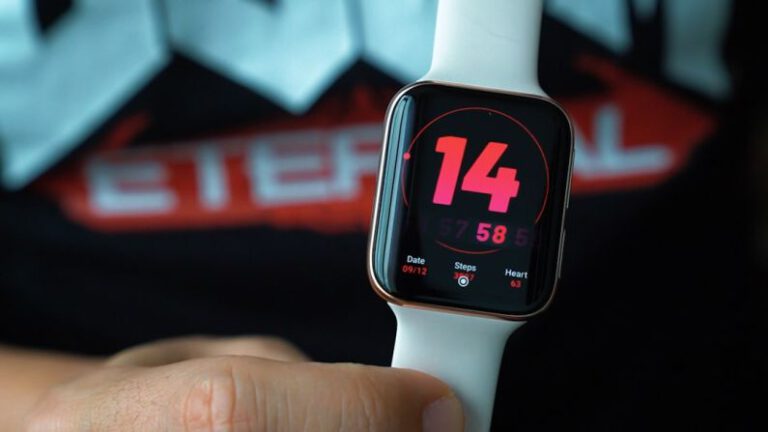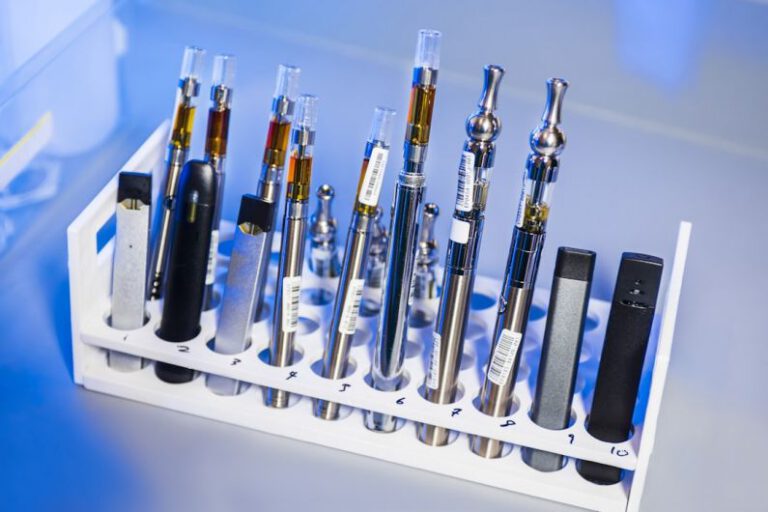Robotic Surgical Systems: Enhancing Precision in Operations
Robotic surgical systems have revolutionized the field of medicine, offering unparalleled precision and accuracy in surgical procedures. These advanced systems are transforming the way surgeries are performed, providing numerous benefits to both patients and healthcare professionals. From increased precision to faster recovery times, robotic surgical systems are paving the way for a new era in healthcare.
The Evolution of Robotic Surgery
Robotic surgical systems have come a long way since their inception. The first robotic surgical system, the da Vinci Surgical System, was approved by the FDA in 2000 and has since become widely used in various surgical specialties. The system consists of robotic arms controlled by a surgeon from a console, providing enhanced dexterity and range of motion during procedures. Over the years, advancements in technology have led to the development of more sophisticated robotic systems that offer even greater precision and capabilities.
Enhanced Precision and Accuracy
One of the primary advantages of robotic surgical systems is their ability to enhance precision and accuracy during operations. The robotic arms are designed to mimic the movements of a surgeon’s hands but with a greater degree of control and stability. This precision is particularly beneficial in delicate procedures that require intricate maneuvers, such as minimally invasive surgeries and microsurgeries. By minimizing the margin of error, robotic systems help reduce the risk of complications and improve patient outcomes.
Improved Visualization and Instrumentation
Robotic surgical systems also offer superior visualization and instrumentation compared to traditional surgical techniques. The high-definition 3D imaging provided by robotic systems allows surgeons to see the surgical site in greater detail, enabling them to identify structures more accurately and navigate complex anatomical structures with ease. Additionally, the robotic arms are equipped with specialized instruments that can rotate and bend with greater flexibility, enhancing the surgeon’s ability to perform precise movements in tight spaces.
Reduced Trauma and Faster Recovery
Another significant benefit of robotic surgical systems is the reduction in trauma to the patient’s body during procedures. The minimally invasive nature of robotic surgeries results in smaller incisions, less blood loss, and reduced damage to surrounding tissues. As a result, patients experience less pain, scarring, and overall trauma compared to traditional open surgeries. Additionally, the faster recovery times associated with robotic surgeries mean patients can return to their normal activities sooner, leading to improved quality of life post-operatively.
Expanded Surgical Capabilities
Robotic surgical systems have expanded the capabilities of surgeons, enabling them to perform a wider range of complex procedures with greater precision and efficiency. From cardiac surgeries to neurosurgical interventions, robotic systems have been successfully used in various specialties to address a diverse array of medical conditions. The versatility of robotic systems allows surgeons to tailor their approach to each patient’s unique anatomy, leading to more personalized and effective treatments.
Future Directions and Challenges
As robotic surgical systems continue to evolve, the future holds promising advancements in the field of minimally invasive surgery. Researchers are exploring new technologies, such as artificial intelligence and machine learning, to further enhance the capabilities of robotic systems and improve surgical outcomes. However, challenges such as cost, training, and regulatory barriers remain obstacles to widespread adoption of robotic surgical systems. Addressing these challenges will be crucial in realizing the full potential of robotic surgery and ensuring that patients can benefit from this transformative technology.
Innovations in robotic surgical systems are revolutionizing the way surgeries are performed, offering unprecedented precision, improved outcomes, and enhanced patient experiences. With continued advancements and widespread adoption, robotic surgical systems are set to play a significant role in shaping the future of healthcare delivery. The integration of robotics into surgical practice represents a paradigm shift that holds immense promise for the field of medicine, providing patients with safer, more effective, and more efficient surgical care.






